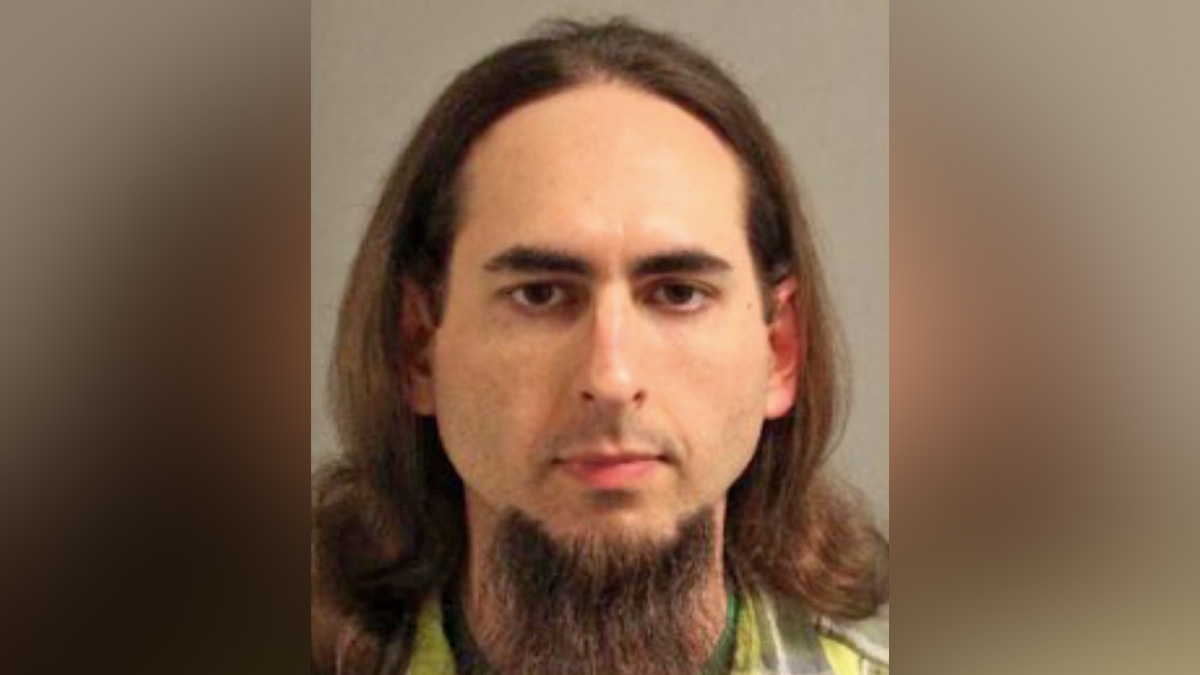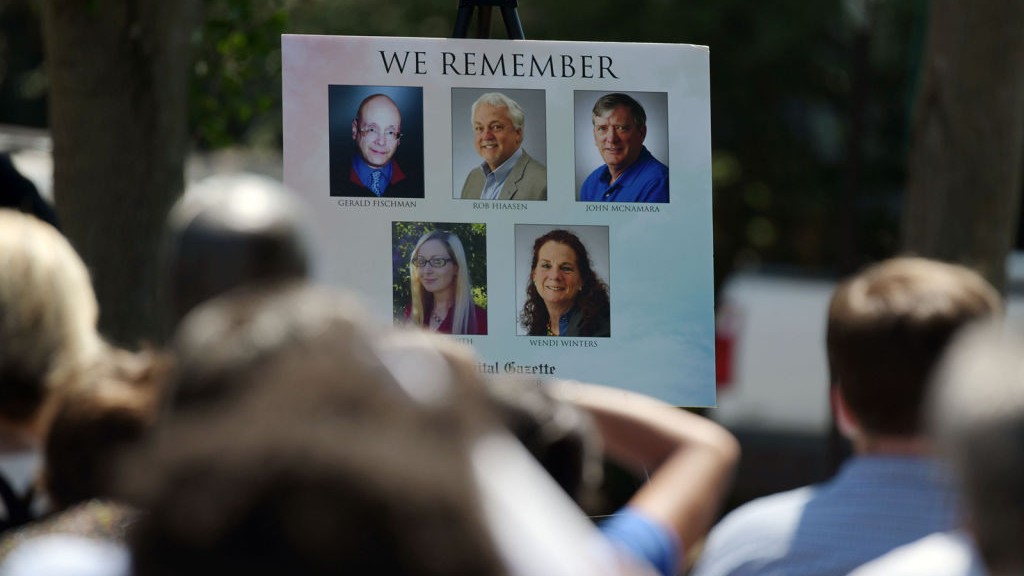
The man who murdered five people at a Maryland newspaper acted out of revenge for an article about his prior harassment case that he believed would hurt his ability to get dates with women, a prosecutor said Thursday during a trial to determine whether the shooter is criminally responsible due to insanity.
Anne Colt Leitess, the prosecutor, gave her opening statement after defense attorneys rested their case. Defense attorneys said Jarrod Ramos suffers from multiple forms of mental illness that precluded him appreciating the criminality of his conduct. But Leitess said that while Ramos has personality disorders like narcissism, he does not have serious mental illness that qualifies him to be found not criminally responsible for five murders.
“He has issues with his personality,” Leitess told the jury. "They are things that make him eccentric or odd — not things that make him insane.”
Mental health experts for the defense contend Ramos suffers from a delusional disorder, as well as autism and obsessive-compulsive disorder. Dr. Dorothy Otnow Lewis, a psychiatrist retained by the defense, testified that the combination of mental problems caused him to attack the Capital Gazette newspaper on June 28, 2018.
Defense attorneys argue Ramos suffered from a paranoid delusion that he was the victim of a vast conspiracy involving the newspaper and the courts blocking his efforts to try to rehabilitate his reputation after a 2011 article about him pleading guilty to a harassment charge against a former highs school classmate. His 2012 lawsuit, which alleged that the paper defamed him, was dismissed as groundless. His appeals failed.
His attorneys say Ramos actually thought he was doing the right thing by attacking corruption.
“It was his obsession with an unjust world and a world that was out to get him and defame him — and that he had to destroy it,” Lewis said.
Leitess said Ramos thought he was smarter than everyone else, and his repeated losses in court were "too much for him to bear, and so he started plotting his revenge.”
She said he first wanted to attack the building housing the state's appellate courts, but later changed his mind when he realized there were police there. Instead, he decided on the soft target of the newspaper — an attack he planned for years.
“Ladies and gentlemen, this case is about revenge by a person who had a well-planned out scheme,” Leitess said. "He had contingencies in place if his plan didn’t work.”
John McNamara, Gerald Fischman, Wendi Winters, Rob Hiaasen and Rebecca Smith died in the mass shooting.
Leitess said the meticulous planning proves Ramos understood the criminality of his actions. She also noted that Ramos walked by McNamara outside the building and chose not to attack him then — evidence that he was able to conform his behavior to the requirements of the law.
Ramos already pleaded guilty to all 23 counts against him in 2019, but he has pleaded not criminally responsible due to his mental health.
The defense has the burden of proof by a preponderance of the evidence in arguing whether he's criminally responsible and went first in presenting its case.
As she spoke late in the afternoon, Leitess showed photos inside the Capital Gazette's office of Ramos on a rampage inside the newsroom, as the newspaper's staff ran for the lives. They saw a photograph of shattered glass Ramos blasted through with a shotgun and a pool of blood after one victim had been shot.
Jurors saw surveillance video on the trial’s first day showing the attack, as well as graphic photos of victims.
If Ramos were found not criminally responsible, he would be committed to a maximum-security psychiatric hospital instead of prison.
___
Eds: Corrects attribution in second paragraph to defense attorneys who said Ramos suffers from multiple forms of mental illness that precluded him appreciating the criminality of his conduct.



